Significance
The Taipei Grand Mosque was the first mosque built in Taiwan. Since the beginning, it has been an important bridge helping Taiwan to develop diplomatic, cultural, and economic ties with Islamic nations. Visiting the Mosque has become a must-do activity for leaders of the Islamic world touring Taiwan. It is not only a place of worship for Muslims in Northern Taiwan, but also a place where religious groups such as the Chinese Muslim Association are located, making it both the religious and administrative center of Taiwan’s Muslim community. Moreover, with its plentiful Islamic elements, the Taipei Grand Mosque has become a primary source of information for the general public and for schools in Taipei to learn about Islamic culture.
History
The Taipei Grand Mosque was built on Lishui Street in the 1950s (1951 – 1961), replacing Japanese houses that previously stood at the site. It was built to facilitate interaction between Taiwan and its Middle Eastern allies. The construction of the mosque was jointly proposed by the then-director of the Chinese Muslim Association, Bai Chongxi (1893 – 1966), and Minister of Foreign Affairs Yeh Gong-Chao (1904 – 1981). The project was funded by the governments of Saudi Arabia and other Islamic allies, while the building was designed by renowned architect Yang Cho-cheng (1914 – 2006), who combined Ottoman and Persian Islamic architectural styles to create a dome, riwaq (arcade), and minarets of breathtaking beauty. Since it was built in 1960, monarchs, presidents, and leaders of Islamic nations have often visited the Taipei Grand Mosque during their stay in Taiwan, making it the most iconic and renowned Islamic building in the country. Its dome and minaret have become a landmark in Taipei city.
Special Features
1Architectural Characteristics of the Mosque The Taipei Grand Mosque combines architectural elements found in mosques of the Ottoman and Persian empires, and conforms to Sharia (Islamic Law). The building exterior showcases the dome, arcade, and minarets. The interior includes the entrance, prayer hall, cloisters, offices, library, ablution facilities, courtyard, partitions, etc. The main structure of the mosque is constructed of rebar and concrete. The arched lintels and exterior walls, decorated with mosaics, and the simple but elegant minarets rising by the main building characterize the Taipei Grand Mosque. The architectural design is credited to renowned late architect Yang Cho-cheng, who excelled at displaying traits of Chinese palatial architecture through reinforced concrete, and whose long-standing architectural works include the Chiang Kai-shek Memorial Hall, the National Concert Hall, the National Theater, the Grand Hotel, and the Cihu Mausoleum (also known as the Chiang Kai-shek Mausoleum).
The Taipei Grand Mosque combines architectural elements found in mosques of the Ottoman and Persian empires, and conforms to Sharia (Islamic Law). The building exterior showcases the dome, arcade, and minarets. The interior includes the entrance, prayer hall, cloisters, offices, library, ablution facilities, courtyard, partitions, etc. The main structure of the mosque is constructed of rebar and concrete. The arched lintels and exterior walls, decorated with mosaics, and the simple but elegant minarets rising by the main building characterize the Taipei Grand Mosque. The architectural design is credited to renowned late architect Yang Cho-cheng, who excelled at displaying traits of Chinese palatial architecture through reinforced concrete, and whose long-standing architectural works include the Chiang Kai-shek Memorial Hall, the National Concert Hall, the National Theater, the Grand Hotel, and the Cihu Mausoleum (also known as the Chiang Kai-shek Mausoleum).
2Prayer Hall The prayer hall inside the Taipei Grand Mosque is 15 meters in height and width. The design itself is spectacular, with no supporting pillars in the middle. Islamic architecture never uses pictorial representations. Instead, calligraphy, plant motifs, or geometric shapes are used for decoration, giving the building a sense of elegance and tranquility. Within the hall, woolen Persian carpets given as gifts from an allied king are laid on the floor, and the prayer hall ceiling lights shine brightly overhead. Some of the light fixtures and other antiques have been put away in storage by the mosque to better preserve these valuable historical artifacts. The arch on the far side of the hall is the horseshoe arched prayer niche (mihrab), which identifies the direction for prayer.
The prayer hall inside the Taipei Grand Mosque is 15 meters in height and width. The design itself is spectacular, with no supporting pillars in the middle. Islamic architecture never uses pictorial representations. Instead, calligraphy, plant motifs, or geometric shapes are used for decoration, giving the building a sense of elegance and tranquility. Within the hall, woolen Persian carpets given as gifts from an allied king are laid on the floor, and the prayer hall ceiling lights shine brightly overhead. Some of the light fixtures and other antiques have been put away in storage by the mosque to better preserve these valuable historical artifacts. The arch on the far side of the hall is the horseshoe arched prayer niche (mihrab), which identifies the direction for prayer.
3Minarets The word minaret derives from the Arabic word for lighthouse. Each mosque contains at least one minaret, which is used in calling Muslims to take a moment to pray. Before broadcasting equipment existed, a tall tower was needed for the call to prayers to be heard from afar. The Taipei Grand Mosque has two minarets built with reinforced concrete standing approximately 20 meters tall, which have become well-known landmarks of Taipei City.
The word minaret derives from the Arabic word for lighthouse. Each mosque contains at least one minaret, which is used in calling Muslims to take a moment to pray. Before broadcasting equipment existed, a tall tower was needed for the call to prayers to be heard from afar. The Taipei Grand Mosque has two minarets built with reinforced concrete standing approximately 20 meters tall, which have become well-known landmarks of Taipei City.
4Mosaic Pattern Decorations on the Exterior Walls Since Islam forbids depictions of humans and animals in religious art as a form of idolatry, building decorations are comprised largely of calligraphic art, plant motifs, or geometric shapes. Thus, the exterior walls and the lintels over the arches, along with other parts of the Taipei Grand Mosque, are decorated with innumerable mosaic tiles, enhancing the elegance of the mosque.
Since Islam forbids depictions of humans and animals in religious art as a form of idolatry, building decorations are comprised largely of calligraphic art, plant motifs, or geometric shapes. Thus, the exterior walls and the lintels over the arches, along with other parts of the Taipei Grand Mosque, are decorated with innumerable mosaic tiles, enhancing the elegance of the mosque.
5Horseshoe Arches Most mosques around the world contain horseshoe arches in their design. The origin of horseshoe arches dates back to the rise of the Ottoman Empire in 1453. After the Ottomans conquered Constantinople (Istanbul), their architecture was greatly influenced by Byzantine and European styles, combining them with Ottoman Islamic architectural style and adding designs such as Islamic calligraphy, plant motifs, arches, tall towers, etc. Horseshoe arches can be found at the entrance hall, the arcades, and the prayer hall of the Taipei Grand Mosque, displaying one of the traits of Islamic architecture.
Most mosques around the world contain horseshoe arches in their design. The origin of horseshoe arches dates back to the rise of the Ottoman Empire in 1453. After the Ottomans conquered Constantinople (Istanbul), their architecture was greatly influenced by Byzantine and European styles, combining them with Ottoman Islamic architectural style and adding designs such as Islamic calligraphy, plant motifs, arches, tall towers, etc. Horseshoe arches can be found at the entrance hall, the arcades, and the prayer hall of the Taipei Grand Mosque, displaying one of the traits of Islamic architecture.
6Eid al-Fitr The annual Eid al-Fitr marks the end of Ramadan, the Islamic month dedicated to fasting as an expression of piety and obedience to Allah. The primary celebratory ceremony of Eid al-Fitr is a congregational prayer (salat) participated in by all Muslims, to collectively express their piety and devotion to Allah.
The annual Eid al-Fitr marks the end of Ramadan, the Islamic month dedicated to fasting as an expression of piety and obedience to Allah. The primary celebratory ceremony of Eid al-Fitr is a congregational prayer (salat) participated in by all Muslims, to collectively express their piety and devotion to Allah.
Reminders
Jumu'ah is the congregational prayer held every Friday. The two annual congregational prayers are Eid al-Fitr and Eid al-Adha. Islam follows a lunar calendar. The dates and times of certain holidays are established based on observations of the moon. The Taipei Grand Mosque forbids smoking, pets, and talking loudly. Visitors are asked to keep their phones on silent and female visitors must dress modestly.
Panoramic
Directions